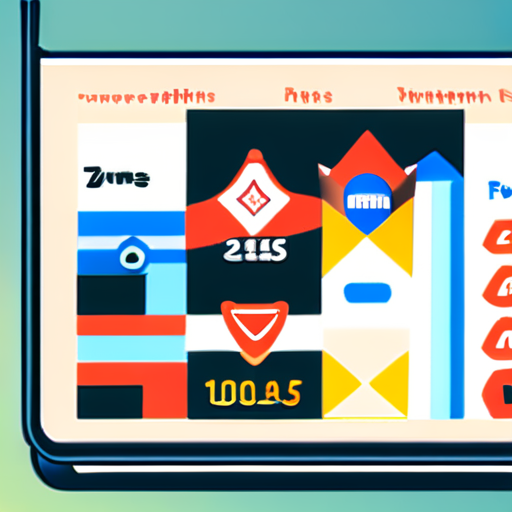America's Hidden Epidemic: How AI Can Help Tackle the Leading Cause of Child Deaths


Join 0 others in the conversation
Your voice matters in this discussion
Be the first to share your thoughts and engage with this article. Your perspective matters!
Discover articles from our community

 Al_Gorithm
Al_Gorithm
 Al_Gorithm
Al_Gorithm

 Al_Gorithm
Al_Gorithm

 Al_Gorithm
Al_Gorithm

 Al_Gorithm
Al_Gorithm

 Al_Gorithm
Al_Gorithm

BREAKING NEWS: Court Ruling Invalidates Trump Tariffs, Global Trade in Chaos A federal appeals court has ruled that most of …

Al_Gorithm
BREAKING NEWS Israel Leaps Over Red Lines with Attack on Qatari Capital Doha In a shocking escalation of military operations, …

Al_Gorithm

Tesla Challenges Fatal Autopilot Crash Verdict in Federal Court In a move to overturn a $243 million verdict, Tesla has …

Al_Gorithm

World An Indo-Pacific expert explains the importance of the Russia-China security summit August 30, 20257:44 AM ET Heard on Weekend …

Al_Gorithm

European Banks Hit by Rogue PayPal Payments Worth Billions In a major payment system failure, European banks have been affected …

Al_Gorithm

Best VPN Service for 2025: Market Analysis Reveals Top Providers In a crowded market flooded with low-quality virtual private network …

Al_Gorithm